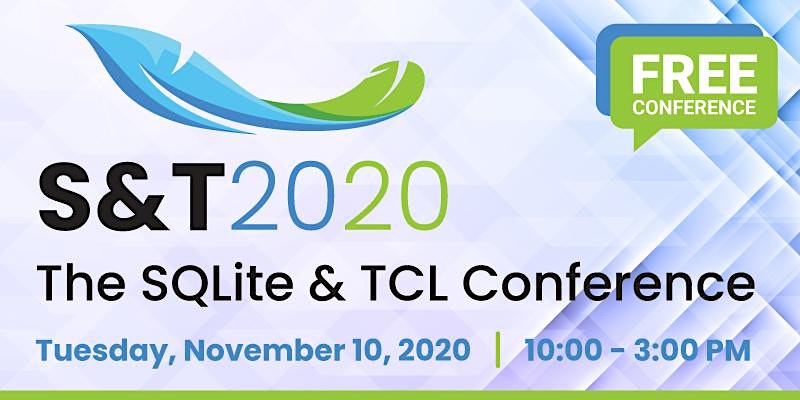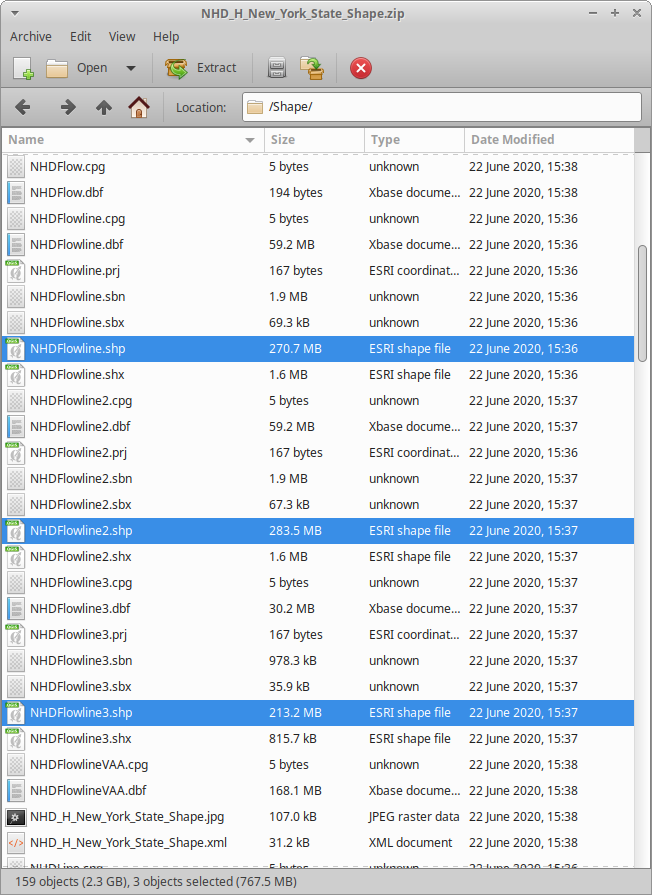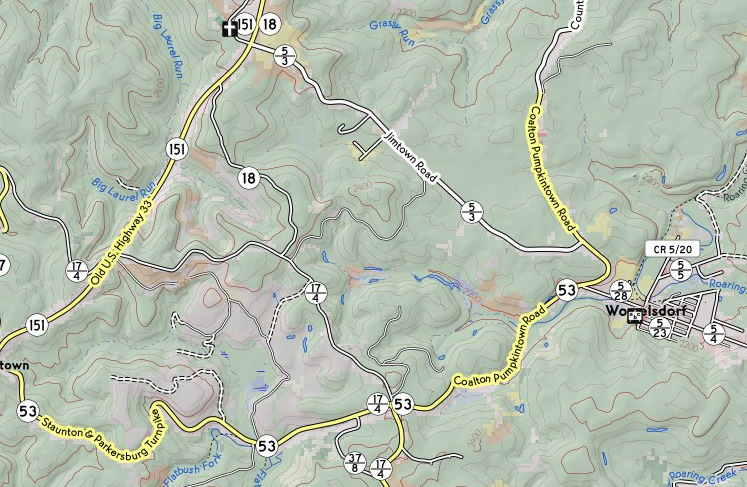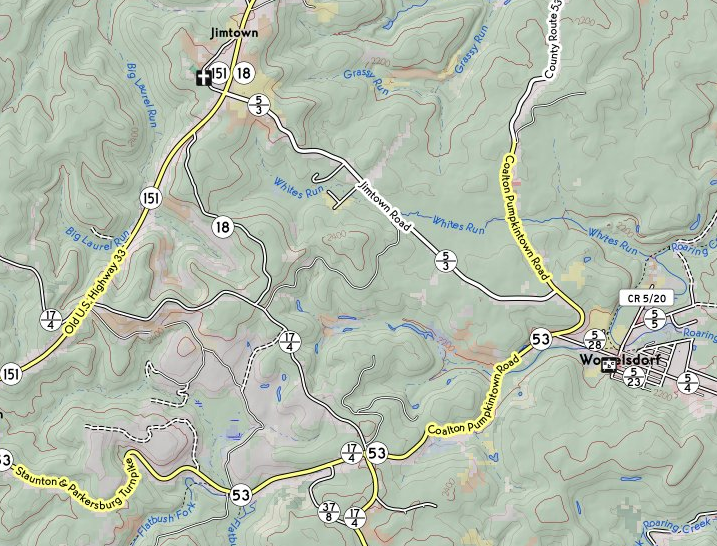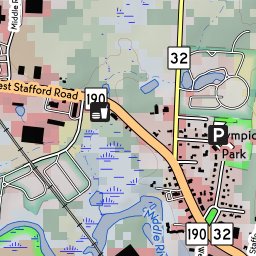Many friends and colleagues have asked me, “so, what are
your plans?”
I can't say that I have firm plans for anything at this
point. The year 2020 has been a striking example of, “do you
want to make the Almighty laugh? Tell Him your plans." My immediate
plan is to try to rest up and decompress a little bit.
Frankly, I've never in my life been so without structure. I've
pretty much never had a vacation longer than a week or two without
an externally-imposed schedule. Even as a child, I had my parents
filling, and overfilling, my “free&rdquo time with
“enrichment activities”. Mary Ann and I would up doing
a lot of the same with our daughter - although trying to keep her
on a looser leash than the one I had - which tended to fill our
time as well as hers. “Where do I go from here?” is
going to taks some soul-searching. Still, I can drop some random thoughts.
I'd really like to do more hiking. I'd been putting on weight the
past few years with enforced inactivity. Having the doctors work
repeatedly on my eyes and feet, with activity restrictions on the
rehab, has been confining. I've been doing a lot more walking in
town since COVID-19 hit - it's one of the few things
I can do outside the house, and working up the distance
again to where I'm regularly doing 10 km a day (without a
pack, of course, or with a very light day pack.) Catherine and I
have also made a few trips again into the Catskills, most of which
I've yet to write about. (Slovenly of me!)
In fact, if COVID-19 is ever not a blocker for crossing county and
state lines, resupplying, or sharing a campsite, I'd like to try
another big hike. My thru-hike of the Northville-Placid Trail
turned into a series of sections, because of illnesses and
injuries. Unlike a traditional 'thru hiker,' I couldn't just rest
a few days after a problem and pick it up again - I'd need to go
back to work! I've kind of an itch to do the Long Path of New York
- the idea of hiking from Manhattan to the Adirondacks just
intrigues me. (Yes, I know, the trail is built only to
Altamont. There's a description of the route beyond
there: who needs a maintained trail? I'm an experienced
bush-whacko.) Given the current state of the world, I'm pretty
sure that isn't going to happen in 2021. 2022, maybe, if all goes
well.
I also have several unfinished open-source projects.
The biggest one of these, by far, is the
“quadcode”
system: a machine-code compiler for the Tcl programming language.
Tcl is a highly dynamic language whose core paradigm is string
substitution. Extracting data type information and constraining
side effects to the point that safe machine code can be generated
is an insanely difficult problem. Donal Fellows and I have had some
limited success, but making the beast into something that's serviceable,
that's deployable, and that covers much more of the language is going
to be a long slog.
The next phase here will likely involve some major refactoring,
and will require some really intense brain work - something that's
not compatible with my goal of getting some rest after my final
sprint on the job. It'll likely be a little while before I start picking
up the pieces - but watch this space!
Another big unfinished project is to make a rendering pipeline for
OpenStreetMap that deals
in a graceful way with North American highway numbering
systems. Identifying named and numbered routes with pictorial
symbols on the map is a big part of it. Many North American
jurisdictions have three or four different numbering schemata
overlaid, so the shape of the marker is important to a driver
trying to follow a route. Moreover, unlike the way most of the
rest of the world does it, routes are often concurrent - it's not
uncommon for a road over a bridge to have three or four different
highway numbers. There's one pathological example near Indianapolis that
has eight! This sort of overlaying has caused rendering gaffes,
and a better approach than the current one is needed.
Again, I've had some limited success making a
map
that handles numbered routes in more or less the way I like, but
now comes the long
slog
to make the
implementation
scalable (e.g., dealing with minutely diffs on a
planetary scale; managing the expiration of tiles so that the
whole map need not be pre-rendered), fortify it to be robust
against future change, make it fit more closely with the rendering
tools used by other OpenStreetMap servers, and find a path to
widespread deployment (rather than just serving to a few friends
off my home machine).
I've also been neglecting my music. I might have time in
retirement to take it up again, particularly if conditions in the
world improve to where people can perform again. I've been doing
just a little bit - including playing recorder for a
televised church service
this past weekend. (The offertory , starting at 31:14, has a solo
by Yours Truly.)
What else? Well, I've got a long history of going off-script.
I may find myself itching to contribute to open-source machine vision,
or get back into making stuff (particularly electronics), or just try
something entirely new.
Or the perfect consulting gig might just fall in my lap. You never know.
I'll just have to see what happens. Wish me luck!


